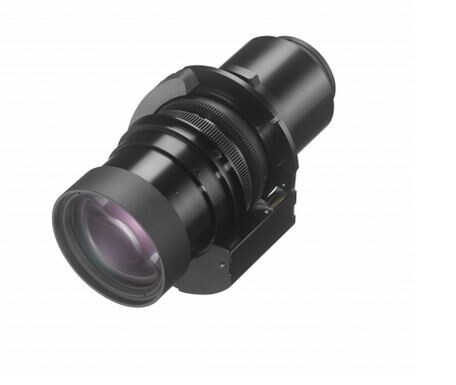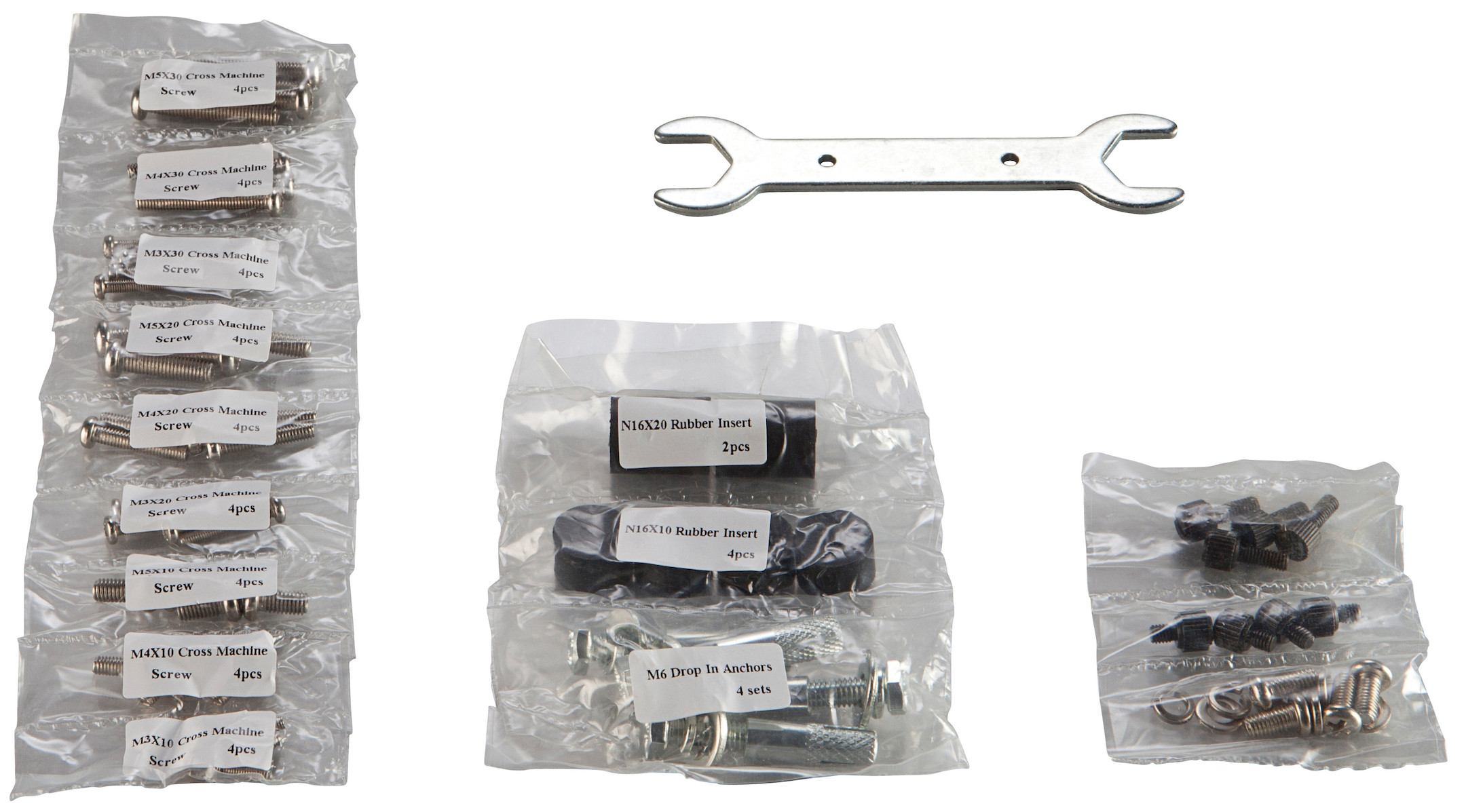























£4,177.08*
- Light Brightness 7,300 Lumen
- Resolution 1920 x 1200 WUXGA
- Aspect Ratio 16:10
- Operating noise 38 dB


Frequently purchased together
Product information
These powerful, compact, lightweight and stylish 3LCD laser projectors feature Sony's latest innovations and consistently deliver rich, bright and colourful images. Versatile installation options and reduced maintenance make them ideal for projection in medium-sized businesses, educational institutions and public venues.
Bold, rich colours even in brightly lit rooms
Even with powerful projectors, colours can appear washed out in brightly lit rooms. Sony's exclusive Bright View technology delivers high-impact images without sacrificing colour. New, enhanced Reality Creation technology ensures that images, diagrams and text look crisp, even in bright light. The intelligent Ambiance setting adjusts projected images to your surroundings for an enhanced viewing experience: there is also an ambient light sensor that measures room brightness.
Sharper images and text
Reality Creation technology uses powerful algorithms for images that come close to 4K resolution. Reality Text technology improves the visibility of characters: ideal for conference rooms and classrooms.
Radiant, beautiful colours
Bright View, Sony's unique processing technology, brightens images without compromising colour saturation - even in brightly lit corporate spaces and educational institutions.
Enhanced viewing experience
The Intelligent Ambiance setting uses a built-in light sensor to measure room brightness and automatically adjusts Bright View mode, colour enhancement and Reality Creation to suit your presentation environment.
Sharp, high-impact images
In presentations, 4K photos and videos are increasingly common. The VPL-FHZ85/80 projectors are WUXGA projectors, but have a 4K60P input to display images that are very close to 4K resolution. With Reality Creation, Sony's processing technology optimised for displaying 4K content, images look sharper and deeper.
Refine design and superior installation flexibility
The lightweight, compact VPL-FHZ85/80 fits elegantly into any modern workplace. The discreet design with flat surface blends unobtrusively into the surroundings when ceiling mounted. Installation is simplified with a choice of optional lenses. The premium lens shift function means that obstacles on the ceiling or other AV equipment are no longer a problem.
Slim and elegant
The slim, elegant housing features a flat surface and blends discreetly into its surroundings when the projector is mounted on the ceiling.
Generous lens shift range
The industry-leading vertical lens shift range of +70% offers more freedom in installation. With multiple lens options, the projector is suitable for almost any room size and projection need: The quick-release bayonet mount makes changing lenses very easy.
4K 60P input
The projector's 4K60P input feature is especially convenient when using the VPL-FHZ85/80 in multi-screen configurations with other devices such as flat panel displays. Simply split the 4K signal for all your displays, with no conversion required.
Longer brighter
While other projectors can fade over time, the VPL-FHZ85/80 is designed to keep image brightness constant. An exclusive intelligent adjustment feature automatically monitors actual usage and optimises settings to keep images consistently bright. The sealed laser light source and automatic filter cleaning system prevent dust build-up and ensure cool, efficient operation with uncompromised image brightness.
Intelligent design
Intelligent settings simplify installation and maximise performance in areas such as projector usage, image detail, colour variety and fidelity, light output, cooling level and noise. The conference and training room feature adjusts laser power to maximise brightness during actual use.
Hassle-free filter cleaning
Focus on great images instead of time-consuming maintenance. The automatic filter cleaning system removes dust every 100 hours, ensuring unrestricted clean airflow for optimised cooling.
Data copy
Settings for one projector can be copied to additional projectors via a USB memory device. This greatly simplifies the installation and setup of multiple projectors.
Automatic input selection
The automatic input selection function automatically selects an active signal input so you don't have to change the input every time a device is connected to the projector.
Automatic power on
Connect the VPL-FHZ85/80 to a computer that is turned on and the projector will automatically turn on without the need to press the on/off button.
Technical data
| Name | Sony VPL-FHZ85 Projector, 1920 x 1200 WUXGA, 7300 Lumen |
|---|---|
| Article number | 1000026035 |
| GTIN/EAN | 4548736132849 |
| Manufacturer SKU | VPL-FHZ85/1 |
| Lamp life (ECO) | 30,000 Hour |
| Lens included | Yes |
| Model name | VPL-FHZ85 |
| Projection Distance | Long Throw |
| Brand | Sony |
| Product Type | Projector |
| Application | Business projector , Installation projectors |
| Projector Type | LCD |
| Projector lamp type | Laser |
| ANSI Lumen | 7,300 ANSI Lumen |
| ISO Lumen | 7,300 ISO Lumen |
| Resolution | 1920 x 1200 WUXGA |
| Aspect Ratio | 16:10 |
| Operating noise | 38 dB |
| Operating noise - ECO | 36 dB |
| Lamp life | 20,000 Hour |
| Minimum Projection Distance | 300 cm |
| Maximum Projection Distance | 900 cm |
| Minimum Projection Ratio | 1.39 |
| Maximum Projection Ratio | 2.23 |
| Minimum Lens-Shift Horizontal | -32% |
| Maximum Lens-Shift Horizontal | 32% |
| Minimum Lens-Shift Vertical | -5% |
| Maximum Lens-Shift Vertical | 70% |
| Horizontal Keystone | 30% |
| Vertical Keystone | 30% |
| Inputs | 1x DVI-D , 1x HDMI , 1x USB-A , 1x VGA |
| wireless technology | Not Specified |
| Features | HDbaseT , Integrated speaker , Lens Shift , Lens interchangeable |
| Product width | 46 cm |
| Product height | 16.9 cm |
| Product depth | 49.4 cm |
| Weight | 13 kg |
| Colour | White |
| Delivery contents | objective |
| Condition | New |
| Warranty | 24 Month |
| Warranty type | Bringin service Service and support information |
Downloads
Projection distance calculator
Contact our experts for help!
Image size:
Format
Format
Product safety
| Person responsible for the EU |
|---|
| Sony Europe B.V. |
| Kemperplatz 1 |
| 10785 Berlin |
| Germany |
| info@sony.de |

















